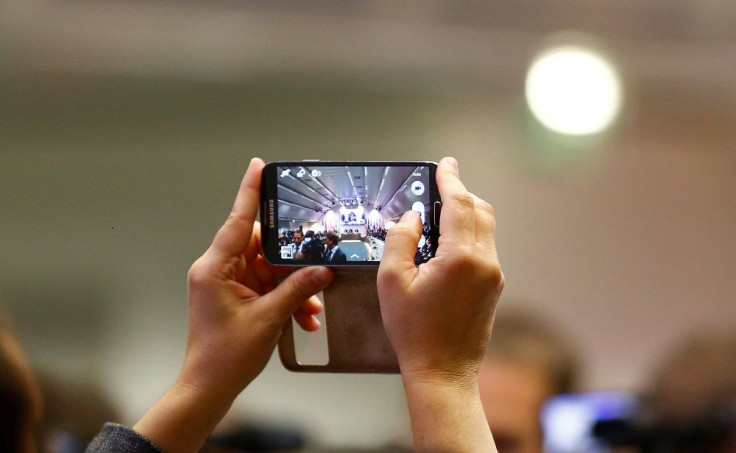Mobile journalism’s two secret weapons: immediacy and images

Niemen Lab proclaims that mobile journalism, which means near-instant reportage using a cell device, will hit its stride this year, 2016, because it is “immersive, engaging, and empathetic.” There are two factors that make that possible, and which immediately hook millions of viewers from the flash of the very first image: immediacy and images.
If a portrait or a still picture paints a thousand words, the images captured through a smart cell gadget may well go up into the tens of thousands. While traditional TV broadcasting still rules the airwaves when it comes to this kind of storytelling, mobile journalism can potentially outperform it because of the raw immediacy being captured on site and transmitted real-time to thousands of viewers. That there is very little, if nil, studio editing increases its authenticity.
What makes it doubly more important to media publishers is that mobile journalism can be utilised for them even by newbie photographers or the man on the street with a smartphone who just happened to be a few meters away when the terrorist attack happened. A news agency or a media publisher who hears the news of such an attack would take hours to mobilise his team and send his crew to the location. A mobile journalist, on the other hand, who is at the right place and at the right time can start sending same almost immediately.
As Niemen Lab puts it, “We have watched as passionate protestors who were moved by these videos took to the streets. We have also watched as legacy media outlets, such as Time magazine, allowed photographs taken by amateur mobile journalists to appear on its cover. … The message has been clear: Telling complex news stories requires all hands on deck, and immersing the reader or viewer in a scene is key.”
Journalism in the UK notes that mojos — or mobile journalists — are increasing and being trained by media publishers and new agencies that have the foresight to embrace this new technology. WRZY in Ireland, for example, teaches its young staff of reporters to live and function according to the realities of a “decentralised newsroom.” Reporters with state-of-the-art smartphones can just roam their areas of coverage and file their stories from home. The media outlet is also open to receiving video images and photographs from ordinary citizens who are on ground zero when the news, such as a rally, a child falling into a gorilla cage, or an airplane crashing into a field, breaks out.
Geoffrey Roth says of the new ground that WRZY is breaking: “"They were able to get the stories that our competitors weren't getting - we weren't just being time-efficient and saving money, we were making a difference editorially as well."
People will always want to read breaking news when it happens, especially two-thirds of the American population who happen to own one or several cell gadgets. This desire to consume information that is relevant, reliable, and timely is one reason why news apps like Bloomberg, Wall Street Journal, and Born2Invest have been steadily growing their audience. A Wall Street stockbroker can easily check on the stock fluctuations happening in Europe, in the same way that a Chinese entrepreneur can catch up on the latest property development prices in Africa.
Mobile journalism is expanding the reportage by involving citizens with their cell devices to turn in stunning footage with an immediacy that can stun an audience into silence or action with its impact. As reported by IOL, Independent Media is laying the groundwork for a new breed of mojos by creating recruitment and internship programs that prioritise digital and mobile-first platforms. Its credo, which can well speak on behalf of its colleagues: “Digital first, print best.”





















